When Hurricane Helene hit North Carolina, the Martinez family had water for 14 days. Their neighbors ran out after 3. The difference? The right gear and knowing how to use it.
You’ve seen the empty store shelves. The failed cell towers. The “help arriving in 72 hours” that takes two weeks. Government recommendations assume best-case scenarios that never happen.
This isn’t another list of camping gear pretending to be survival equipment. These 11 items kept real people alive through real disasters in 2024-2025. Each one solves a specific problem that kills unprepared people.
No fluff. No fear-mongering. Just what works, what it costs, and where to get it.
1. Water Filtration and Storage System
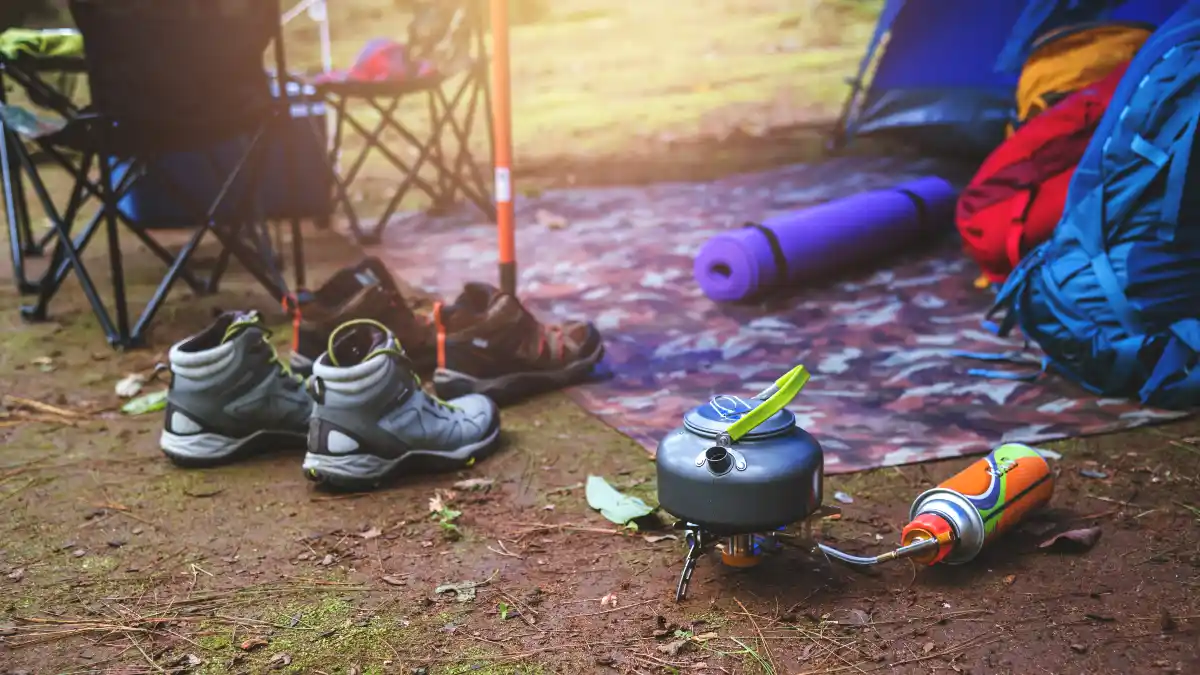
Having a water filter means nothing if you don’t have water to filter.
When Kristen Boye’s family lost water for 8+ days in North Carolina, their 55-gallon barrel saved them. Not their fancy filter. The barrel. They shared water with neighbors who had filters but nothing to filter. Think about that.
You need both storage and filtration. Start with storage.
Get a 55-gallon barrel with a pump attachment ($75-125). Fill it now. Water from the tap today beats no water tomorrow. Store at least 1 gallon per person per day for 14 days. Yes, 14. The government says 3 days. Recent disasters proved that’s not enough.
The Sawyer Squeeze ($40-50) wins for value. It filters 100,000 gallons through 0.1-micron holes that block 99.99% of bacteria and protozoa. That’s lifetime use for most people. The LifeStraw Personal ($15-20) works great too, but only filters 1,000 gallons.
Stored water goes bad. Rotate it every 6 months. Add water preserver drops ($10) to extend storage to 5 years. Keep your barrels in a cool, dark place. Concrete floors work better than wood.
Get a battery-powered transfer pump ($30). When neighbors need water, you can share without contaminating your supply. Manual pumps work when batteries die.
Don’t forget water purification tablets as backup. Aquatabs ($10 for 50 tablets) treat 25 gallons when your filter breaks. Because gear fails when you need it most.
The biggest mistake? Thinking you’ll find water when disaster hits. You won’t. Store it now. Today. Your emergency water storage system isn’t complete until you have both gallons stored and ways to clean more.
2. Fixed-Blade Survival Knife
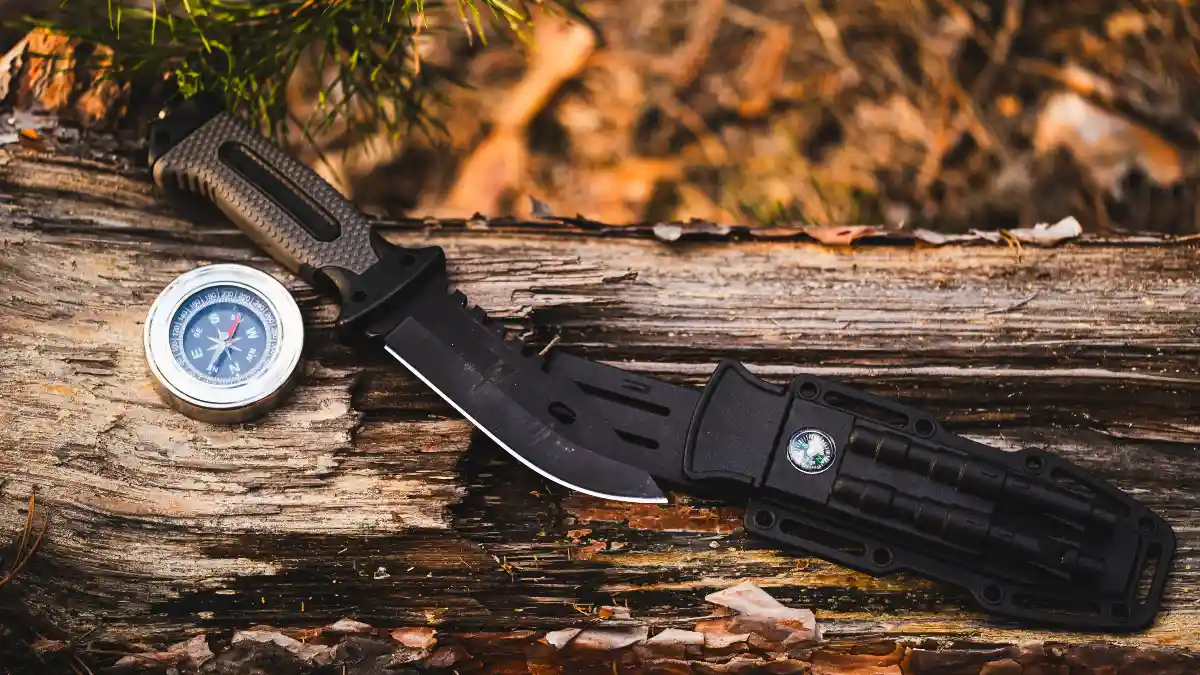
Your knife is your most important tool.
“Your survival knife is perhaps the most important tool you’ll carry,” states the AATF Survival Guide. Why? Because it builds shelters, makes fire, prepares food, creates other tools, and saves lives. One tool. Endless uses.
Forget folding knives for survival. They break. You need fixed-blade strength.
The Morakniv Companion ($50-70) gives you Swedish steel quality without breaking the bank. It’s tough enough for batoning (splitting wood) and precise enough for feather sticks. Thousands of bushcrafters trust it daily.
The ESEE-3 or ESEE-4 ($145) comes with a no-questions-asked lifetime warranty. Break it doing something stupid? They’ll replace it. That confidence comes from 1095 carbon steel that takes incredible abuse.
What makes a best survival knife? Four things you can’t compromise:
First, full-tang construction. The steel runs through the entire handle. Half-tang knives snap under pressure. Second, a 4-5 inch blade. Shorter can’t process wood. Longer becomes clumsy. Third, carbon steel over stainless. It rusts but stays sharp longer and sparks with flint. Fourth, a comfortable grip that won’t slip when wet or bloody.
Batoning turns your knife into an axe. Place the blade on wood, hit the spine with another piece. Feathering creates tinder by making thin wood curls. Carving shapes tools and shelter stakes.
A sharp knife is safer than a dull one. Dull blades slip and need more force. Learn to sharpen with a simple whetstone ($15). Practice the 20-degree angle until it’s natural.
Your emergency cutting tool should stay accessible always. Belt carry beats backpack storage. When seconds count, reaching your knife matters. Make it muscle memory.
Don’t overthink this. Get a Morakniv, learn to use it, keep it sharp. Your fixed-blade knife becomes your lifeline when everything else fails.
3. Emergency Shelter System
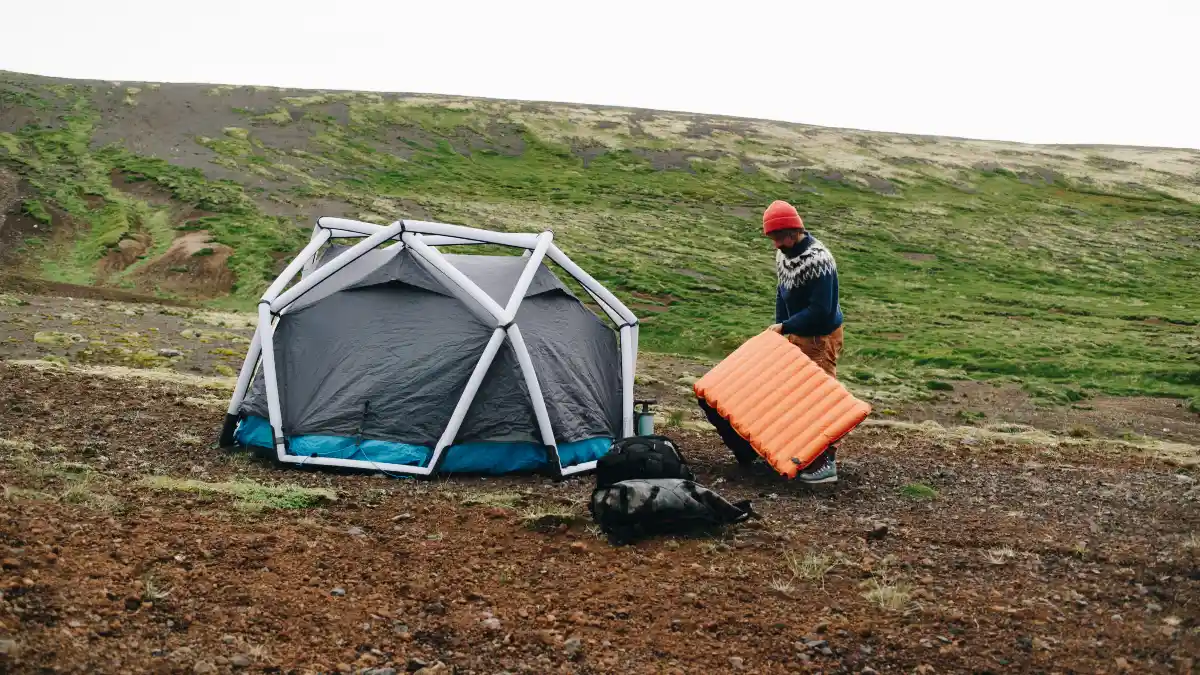
You have 3 hours in extreme cold before your body shuts down. That’s not a guess. That’s biology.
Your emergency shelter fights this countdown. It keeps your core temperature at 98.6°F when the world tries to freeze or cook you. Miss this priority and nothing else matters.
The SOL Survival Blanket 2.0 ($20-30) reflects 90% of your body heat back to you. It’s not the crinkly space blanket from the dollar store. This one is quiet, reusable, and actually works. One side reflects heat, the other signals rescue with bright orange.
But a survival blanket alone won’t cut it in real disasters.
Add a quality tarp (8×10 minimum, $30-50). This becomes your roof, windbreak, or ground barrier. Maui wildfire survivors used anything they could find – blankets, tarps, even hiding behind drywall – to shield themselves from 1,000-degree heat. They survived because they found barriers.
Bivvy systems ($100-200) give you a weatherproof sleeping bag that weighs 4 ounces. The SOL Escape Bivvy breathes so you don’t wake up soaked in condensation. It’s the difference between surviving and being comfortable enough to actually sleep.
Your shelter system pulls triple duty. Ground cloth? Check. Solar still for water? Check. Signal for rescue? Check. One piece of gear, multiple saves. String your tarp as an A-frame roof. Use the reflective blanket as your ground layer, shiny side up to reflect ground cold. Wrap yourself in the bivvy. You’ve just created a microclimate that holds heat like a house.
waiting until you’re cold to set up shelter. Cold hands don’t tie knots. Shivering bodies make bad decisions. Build your crisis protection before you need it.
Practice in your backyard. Time yourself setting up in the dark. Can you do it with numb fingers? In the rain? When you’re exhausted? Your life might depend on the answer.
4. Trauma-Focused First Aid Kit
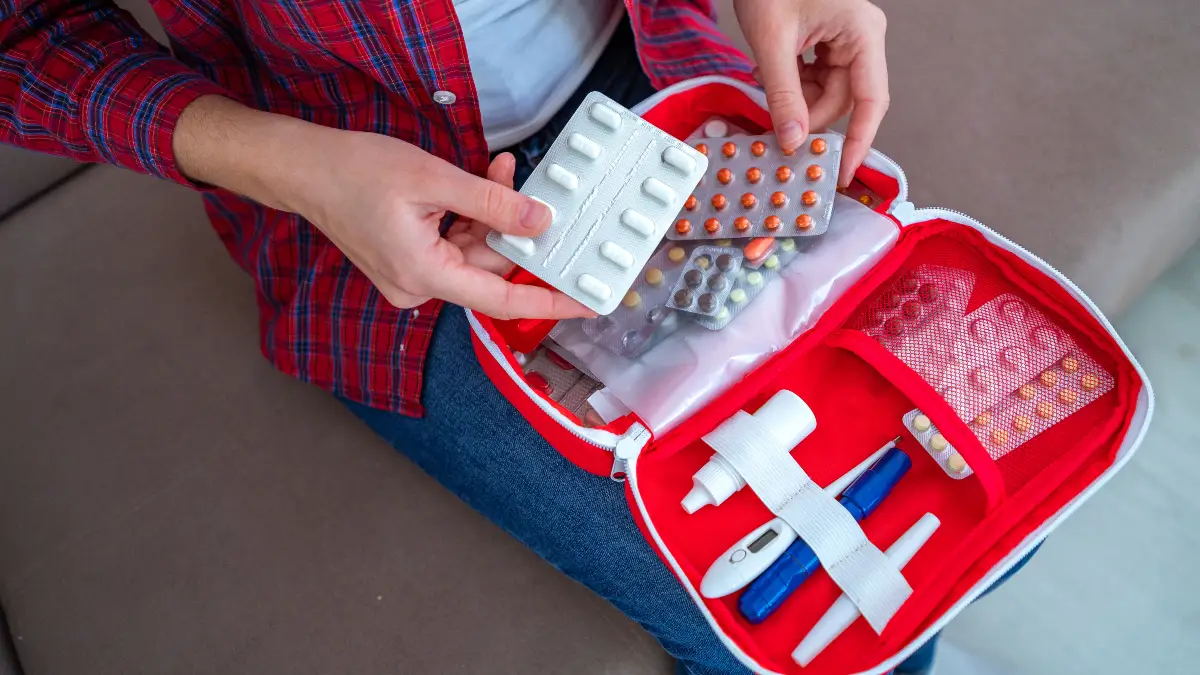
Band-aids don’t stop arterial bleeding. When someone’s dying in front of you, you need real trauma first aid.
The military teaches DRSABCDE. Danger, Response, Shout for help, Airway, Breathing, Circulation, Disability, Exposure. This protocol saves lives because it handles the biggest killers first. You have 3 minutes without air. Less with massive bleeding.
Tuff Possum Gear style trauma kits ($75-100) include what actually saves lives. Tourniquets for severed arteries. Hemostatic agents that clot massive wounds. Chest seals for punctured lungs. Pressure dressings for everything else.
Most first aid kits are useless for real emergencies.
That 300-piece kit from Amazon? It’s 280 band-aids and 20 pieces of tape. Great for scraped knees. Worthless when someone’s bleeding out. You need emergency medical supplies that address immediate life threats.
What actually matters:
- CAT tourniquets (2 minimum) – stops arm/leg bleeding in 30 seconds
- QuikClot gauze – forces blood to clot in wounds you can’t tourniquet
- Chest seals (2-pack) – covers holes in the chest that collapse lungs
- Israeli bandages – pressure dressing for major wounds
- Medical tape that sticks to wet skin
- Trauma shears to cut clothing
- Nitrile gloves to protect you from blood
- Your personal medications (2-week supply)
Gear without training kills people.
You can’t learn tourniquets from YouTube when someone’s dying. Take a Stop The Bleed class (free, 2 hours). Practice until you can apply a tourniquet in the dark, with one hand, in under 30 seconds.
The clock starts at “3 minutes without air.” Your survival medical gear fights that countdown. But only if you know how to use it. Sign up for training this week. Not next month. This week.
5. Emergency Communication Device
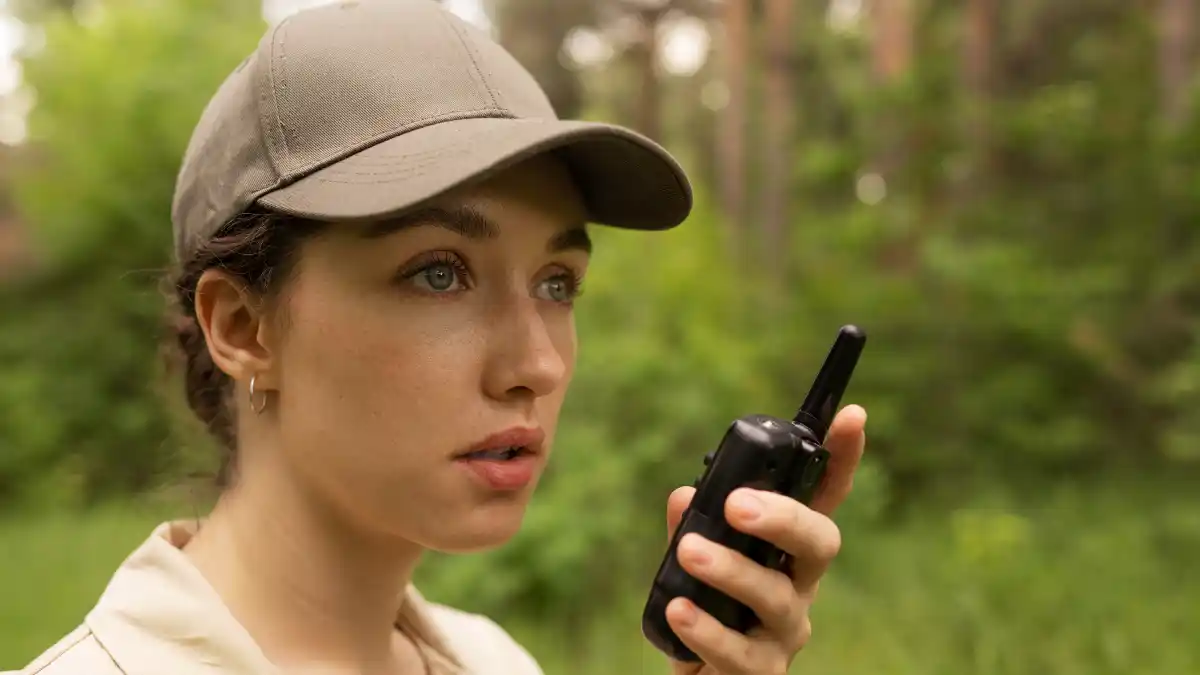
When Maui’s warning sirens stayed silent and cell towers burned, 100 people died. They had no warning. No way to call for help. No information about escape routes.
That’s why emergency communication isn’t optional anymore.
Your phone will fail you. Count on it. Cell towers need power. They need intact cables. They need working networks. Disasters destroy all three.
Start with a NOAA weather radio ($25-50). It receives emergency broadcasts when everything else is dead. The Midland ER210 has a hand crank and solar panel. No batteries needed. It also charges your phone.
Add a whistle and signal mirror ($10 total). Three whistle blasts mean “help.” A mirror flash is visible 10 miles away on clear days. These basics have saved countless lives.
Ham radio changes everything. The Baofeng UV-5R ($30) lets you talk to people miles away without any infrastructure. During Hurricane Helene, ham operators were the only communication for days. You need a license, but in true emergencies, nobody cares about paperwork.
The Garmin inReach Mini 2 ($450 plus $15/month) sends SOS signals via satellite from anywhere on Earth. It texts when cell towers don’t exist. Hikers, hunters, and disaster survivors swear by it.
Old landline phones worked when nothing else did. If you still have a traditional landline (not internet-based), keep a corded phone. It needs no power.
The real lesson from disasters? Have three ways to communicate. Your primary (cell phone), your backup (radio), and your emergency (satellite or whistle). Because survival signaling only works if someone receives your signal.
Program your radios now. Know the emergency frequencies. Test your devices monthly. When your disaster radio is the only voice in the darkness, you’ll thank yourself for preparing.
6. Hands-Free Illumination
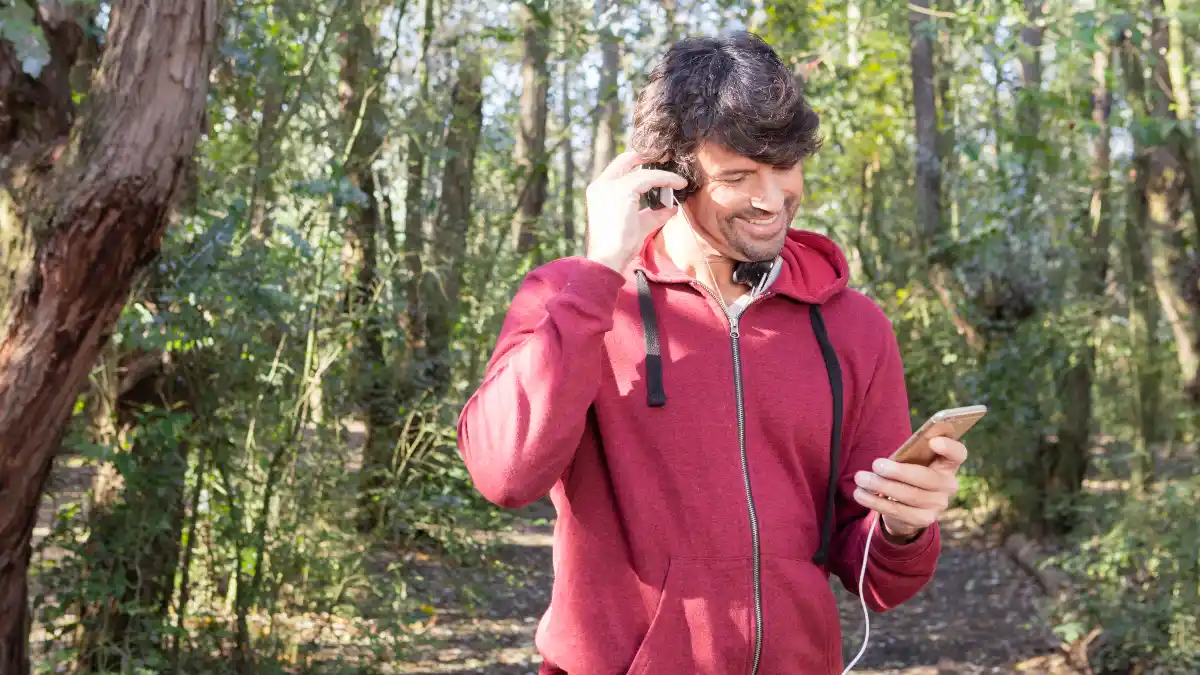
You’re trying to fix a broken water line at 2 AM during a power outage. One hand holds the flashlight. One hand holds the pipe. But you need two hands to actually fix anything. Now what?
This is why emergency lighting means headlamps, not flashlights.
The Black Diamond Storm 500R ($80-100) solves the hands problem. It throws 500 lumens – enough to light up your entire backyard. But here’s what Hurricane Helene taught us: forget the “R” for rechargeable. Get the regular Storm 500 that runs on AAA batteries instead.
Why? Because survivors with rechargeable headlamps went dark after day 3. No power means no charging. Meanwhile, people with regular batteries just swapped in fresh ones and kept going. Stock 100 AAA batteries ($25) and you’ve got months of light.
The features that actually matter:
Red light mode isn’t just cool. White light kills your night vision for 30 minutes. Red light preserves it. You can check on kids, read maps, or find gear without blinding yourself.
The lock button prevents accidental activation in your bag. Nothing worse than reaching for your headlamp to find dead batteries because it turned on by itself.
Waterproofing (IPX4 or better) means it works in rain. Because disasters don’t wait for nice weather.
Add area lighting too. A battery-powered LED lantern ($20-30) lights up entire rooms. The Coleman 1000-lumen lantern runs 200 hours on low. Hang it from the ceiling and your family can eat, read, or play cards together. That normalcy matters when everything else falls apart.
Your survival headlamp does more than light the way. It lets you treat injuries, repair equipment, signal for help, and maintain security. All while keeping both hands free for the actual work.
Get one for each family member. Practice changing batteries in the dark. Your disaster illumination system only works if everyone knows how to use it.
7. Professional Multi-Tool
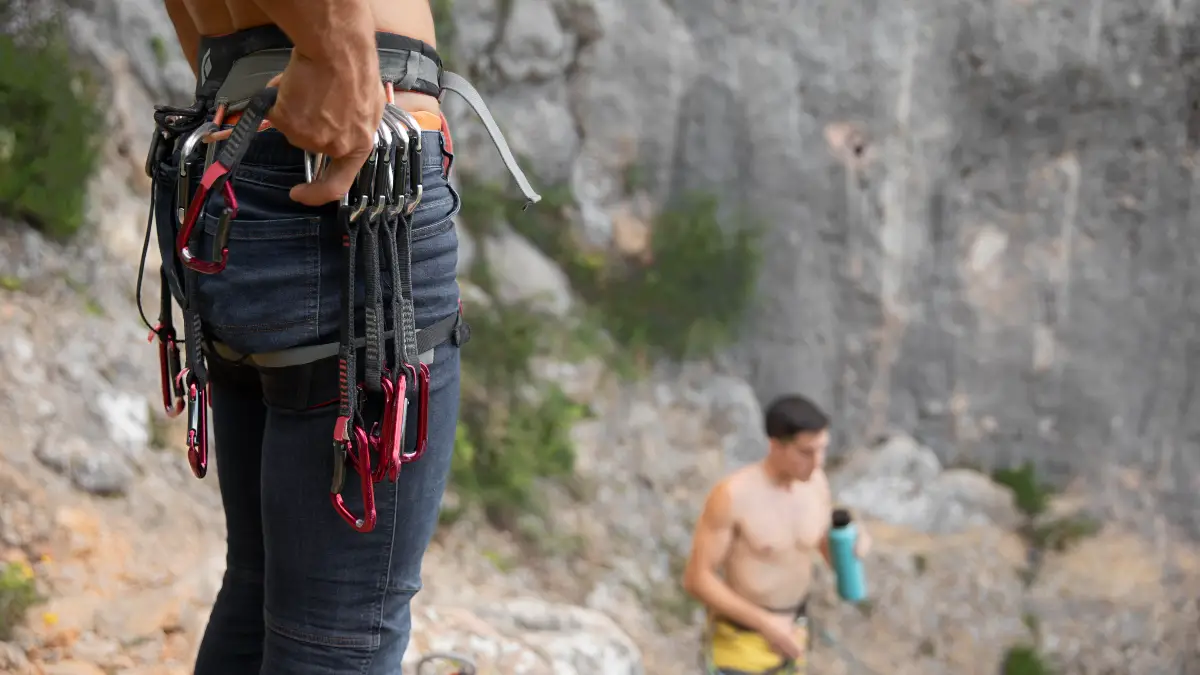
You know what nobody talks about during disasters? Broken gear. Your water filter clogs. Your pack zipper jams. Your shelter grommets rip out. Everything that can break, will break – usually at the worst possible moment.
That’s when your survival multi-tool becomes the MVP you didn’t know you needed.
The Leatherman Signal ($130-150) packs 19 tools into something smaller than your phone. But here’s the kicker – it includes stuff other multi-tools don’t. Like a ferro rod for fire starting when your lighter dies. And a diamond sharpener because dull blades are about as useful as a chocolate teapot in the desert.
During Hurricane Helene, one survivor used their multi-tool’s pliers to fix a generator connection, the wire cutters to clear fallen fence lines, and the awl to punch drainage holes in flooded gear. Three problems, one tool, zero trips to Home Depot (which was underwater anyway).
The Signal’s hammer end drives tent stakes or breaks car windows. The whistle (yes, built into the tool) signals for help at 100 decibels. The carabiner clips it anywhere so you don’t lose it in chaos.
Spring-loaded pliers that actually grip. Blades that lock open so they don’t fold on your fingers. Wire cutters that slice through fence wire, not just speaker cable. This isn’t the $20 gas station special that falls apart opening a can.
But let’s be honest – most people never learn what half their tools do. That phillips driver? It’s also a package opener. The saw? Cuts PVC pipe for emergency repairs. The can opener? Doubles as a wire stripper. Your emergency repair tool has more tricks than you think.
Practice now. Fix something with just your multi-tool every week. Because when your crisis equipment needs field repairs at midnight in the rain, YouTube tutorials won’t help. Your muscle memory will.
8. Respiratory Protection System
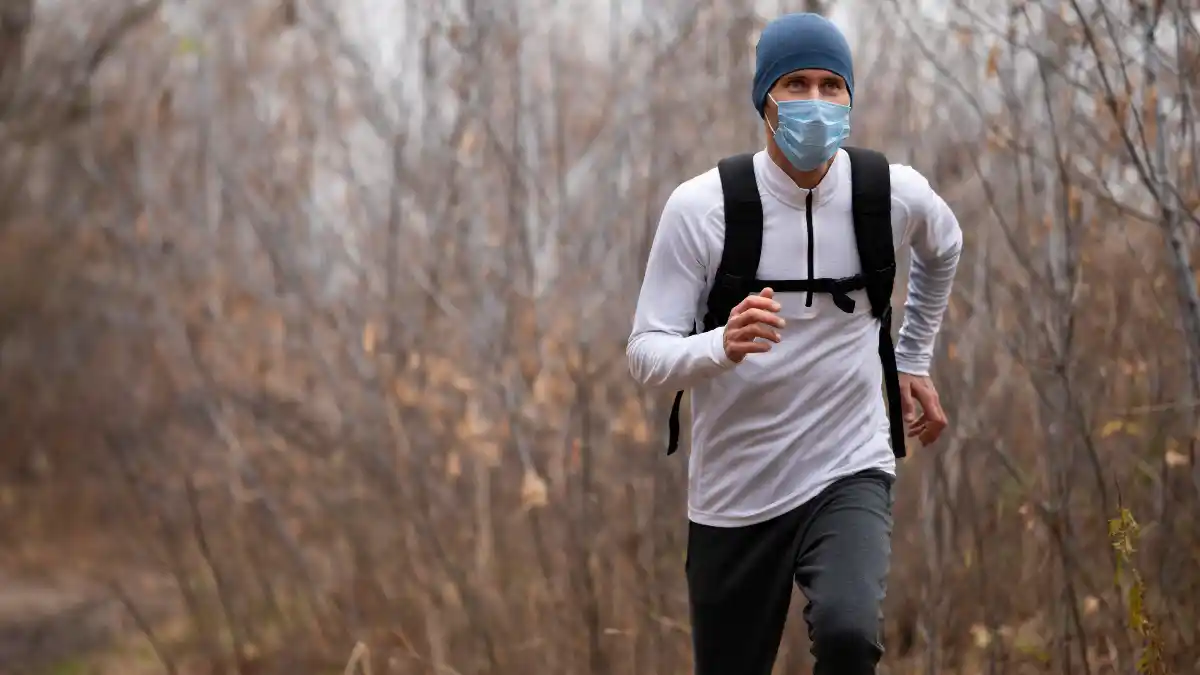
Remember the Maui wildfire survivors who spent 5 hours in the ocean? They weren’t just escaping flames. They were escaping smoke that kills faster than fire itself.
Smoke inhalation causes more disaster deaths than burns, drowning, or building collapse combined. Your lungs can’t filter toxic particles. But an N95 respirator can.
N95 masks block 95% of particles down to 0.3 microns. That includes wildfire smoke, volcanic ash, disease particles, and chemical fumes. A bandana blocks maybe 20%. A surgical mask? About 30%. Neither will save your lungs when it counts.
The 3M Aura 9205+ ($2-3 each) folds flat for storage but expands to seal your face. Buy 20. They last 40 hours each in dusty conditions, less in heavy smoke. The valve-free design protects others too, which matters in shelters.
But masks only work if they fit. That beard? Shave it during emergencies. Those gaps around your nose? Use the metal strip to seal them. Can’t breathe easily through it? It’s probably fake – real N95s let you breathe while filtering.
Storage kills masks faster than use. Heat, humidity, and crushing destroy the electrostatic charge that traps particles. Store them in a hard container ($10 for a waterproof box) with silica gel packets. Write dates on them. Replace every 5 years even if unused.
During Hurricane Helene’s aftermath, mold grew in flooded homes within 48 hours. Cleanup crews without proper masks developed “flood lung” – a nasty respiratory infection from breathing mold spores. The ones wearing N95s? They went home healthy.
Your respiratory protection isn’t just for smoke. It’s for pandemic diseases, chemical spills, volcanic eruptions, and that nasty mold growing in disaster zones. When everyone else is coughing up black soot or fighting for ventilators, you’ll be breathing clean air through your $3 insurance policy.
9. Military-Grade Paracord
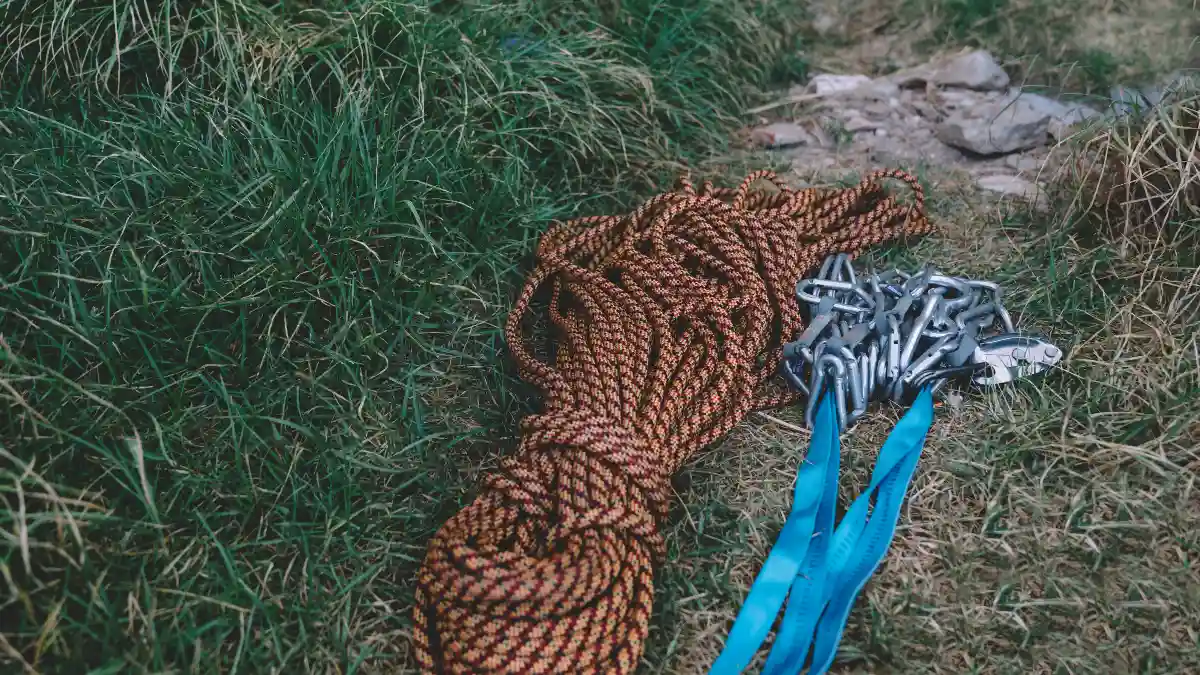
Think rope is just rope? Tell that to the hiker who used paracord inner strands to stitch a 4-inch gash when they ran out of medical sutures. Or the flood survivor who lashed together a raft from debris and paracord.
Your survival paracord isn’t the cheap stuff from the craft store. Real 550 paracord holds 550 pounds – enough to support two adults. Inside the outer sheath, seven inner strands each hold 50 pounds. That’s eight different ropes in one.
Regular rope rots. Paracord doesn’t. Bungee cords snap. Paracord holds. Wire is heavy. Paracord weighs nothing. You get stronger-than-steel performance in something that fits in your pocket.
During Hurricane Helene, one family used 100 feet of paracord to secure their roof tarp, create a clothesline for wet gear, tie down loose shutters, and make a rope ladder to their attic. Four different emergencies, one solution.
Here’s what most people miss – you can gut paracord for smaller jobs. Pull out those inner strands and you’ve got fishing line, sewing thread, or trap wire. The outer sheath alone makes great shoelaces or light-duty tie-downs. It’s like having a hardware store in rope form.
Bowline creates a loop that won’t slip – perfect for rescue work. Trucker’s hitch tightens tarps drum-tight. Clove hitch secures to poles quickly. Prusik knot lets you climb rope without special gear. Learn these four and you can solve 90% of rope problems.
Get 100 feet minimum ($10-20). Bright colors help you find it and avoid tripping at night. Keep 50 feet in your main kit, 50 feet in your car. When that tree falls on your tent at 3 AM, you’ll have the emergency cordage to secure new shelter before hypothermia sets in.
Your crisis rope builds shelters, creates rescue lines, replaces broken straps, and might even save someone dangling off a ledge. For twenty bucks, that’s the best insurance you’ll ever buy.
10. Long-Term Food Supply
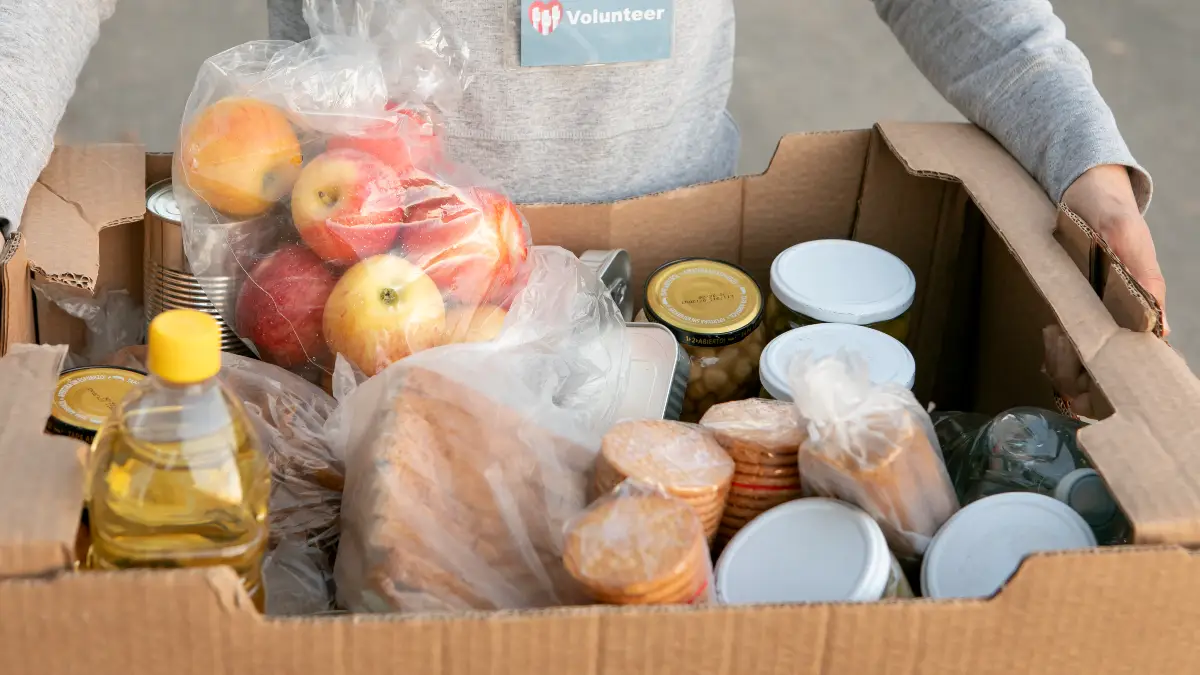
You know what Hurricane Helene survivors ate after day 4? Whatever random cans they found in the back of their pantry. By day 7? They were trading batteries for instant noodles.
Don’t be them.
Your emergency food supply needs to last 2 weeks minimum. Not 72 hours like the government says. Real disasters last longer than long weekends. Ask anyone who lived through them.
The 4Patriots Emergency Food Kit ($100-200) gives you real meals, not just survival bars. We’re talking beef stroganoff, mac and cheese, and chicken alfredo that actually tastes decent. Each meal packs 2000+ calories per day – enough energy to handle the physical work disasters demand.
The magic? These meals last 25 years sealed. Your kids could eat them in 2050. Just add hot water (or cold if you must), wait 15 minutes, and eat. No refrigeration. No rotation. Buy once, forget until needed.
Mountain House remains the gold standard. Backpackers swear by it because it doesn’t taste like cardboard. Costs more? Yes. Worth it when you’re eating the same thing for weeks? Absolutely.
When disasters drag on, smart rationing keeps you fed. Eat one full meal daily, supplement with small snacks. Your body adapts to less food better than no food. Mix in foraged items if safe – dandelions, acorns, cattails. Share meals to make supplies last longer and keep morale up.
Common mistake? Storing food you’ve never tried. Order sample packs now. Test them. Some survival rations taste awful. Better to know now than discover it when you’re already stressed.
Your disaster nutrition plan isn’t complete until you’ve stored it, tried it, and taught your family how to prepare it. Because freeze-dried food won’t help if nobody knows how to cook it.
11. Analog Navigation Tools
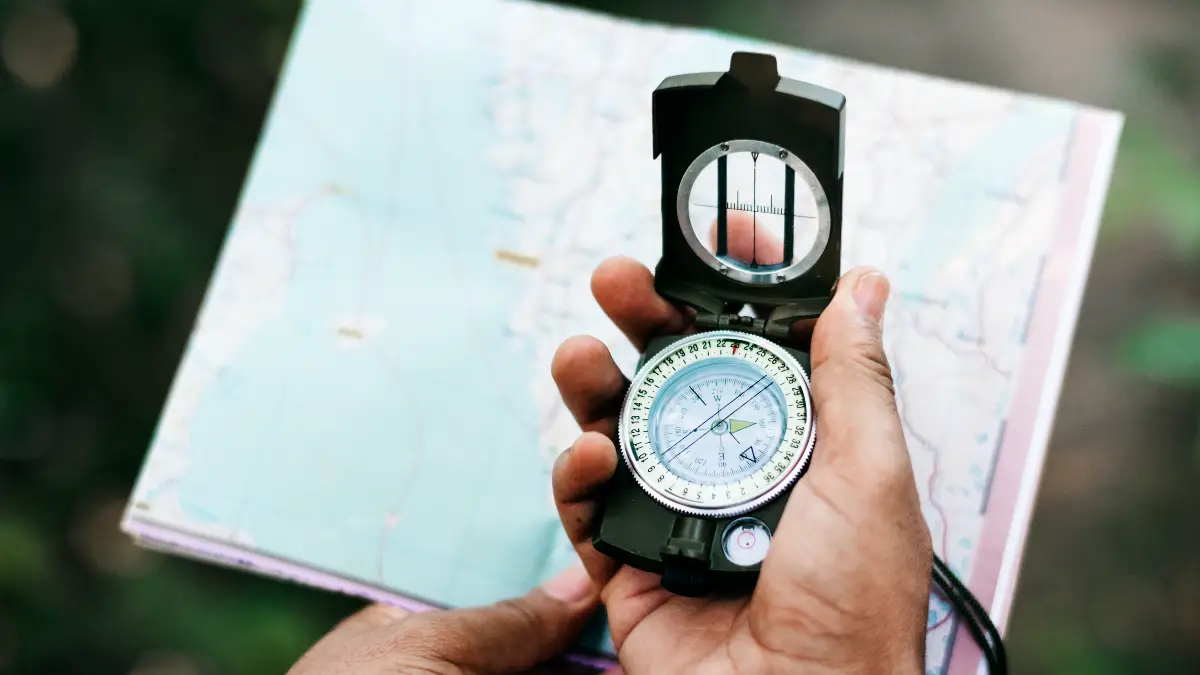
Your phone dies. GPS satellites get jammed. The road signs burned in the wildfire. Now what?
You better know how to use a compass and map. Because getting lost during disasters kills people just as dead as the disaster itself.
Emergency navigation starts with tools that never need batteries. A quality compass ($20-50) points north no matter what. The Suunto M-3 Leader ($27) works perfectly. It has adjustable declination (the difference between magnetic and true north), clear degree markings, and won’t break when dropped.
Pair it with topographic maps of your area. Not Google Maps printouts. Real topo maps that show elevation, water sources, and terrain features. Get them laminated at Office Depot ($3 each). Water won’t ruin them.
Your GPS is glass and batteries. Drop it, soak it, freeze it – it dies. Compasses work at -40°F or 120°F. They work underwater. They work after being run over by a truck.
Learn two skills before you need them:
Triangulation finds your exact position using three landmarks. Spot a mountain peak, water tower, and radio antenna. Take compass bearings to each. Draw lines on your map. Where they cross? That’s you.
Dead reckoning tracks your movement without landmarks. Start from a known point. Walk 100 steps north. That’s about 75 yards for most people. Turn east 90 degrees. Walk 200 steps. You can now calculate exactly where you are. Sounds simple? It saves lives when visibility drops to zero.
Your survival compass should hang around your neck, not hide in your pack. Practice in your neighborhood first. Navigate to the grocery store without looking at street signs. Find your way home using only compass bearings.
Your disaster maps need to show hospitals, water sources, and multiple evacuation routes. Mark them now. During emergencies, you won’t have time to figure out which road leads to safety.

